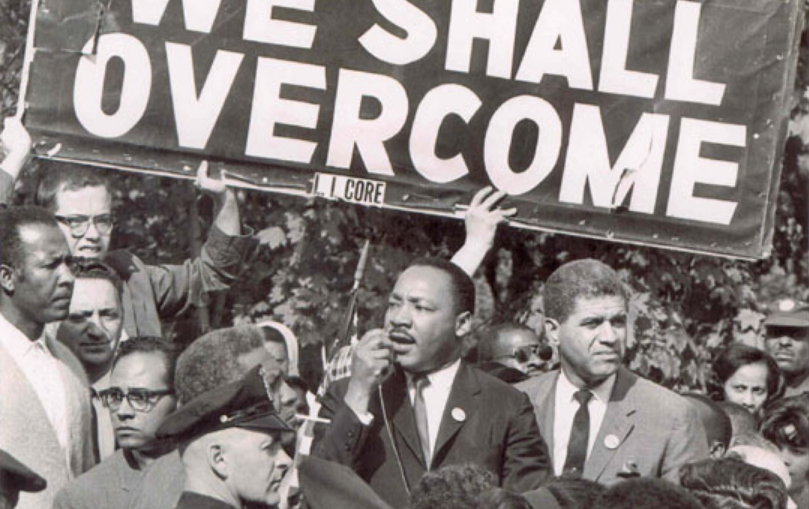Table of Contents
PROBLEMATIC BOOKS
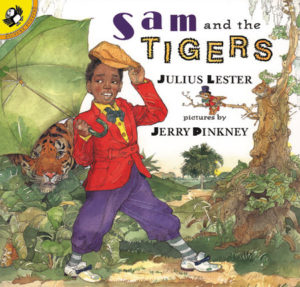 |
The original Story of Little Black Sambo, published in 1899 by Helen Bannerman and clearly set in India, makes any modern reader cringe, especially the awful golliwog-like illustrations – but, stripped of its racist stereotypes, it actually boils down to a story about a brave and resourceful little boy who manages to defeat a bunch of hungry tigers. Julius Lester’s Sam and the Tigers (Puffin, 2000), with illustrations by Jerry Pinkney, has managed to do just that, and there’s a wonderful ending that involves tiger-striped pancakes. A great retelling for ages 4-8. For more info, see The complicated racial politics of Little Black Sambo. |
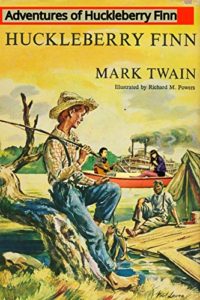 |
Mark Twain’s Adventures of Huckleberry Finn (available in many editions) – in which young Huck flees an abusive father and his companion, Jim, flees slavery – has been banned by one group or another ever since it first came off the printing press in 1885. See Teaching Huck Finn: The Controversy and the Challenge and Huck Finn and the N-Word. |
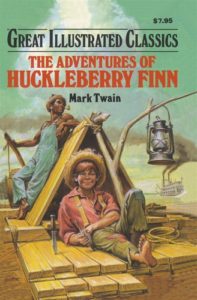 |
For younger readers, there’s a Great Illustrated Classics version of The Adventures of Huckleberry Finn, with a simplified text appropriate for ages 7-10.
|
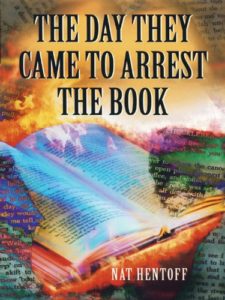 |
Pair with Nat Hentoff’s The Day They Came to Arrest the Book (Laurel Leaf, 1993), in which Barney Roth, editor of the George Mason High School newspaper, protests when there’s an attempt to ban Huckleberry Finn. For ages 12 and up.
|
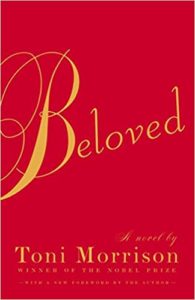 |
Nobel laureate Toni Morrison’s Beloved (Vintage, 2004) is the story of Sethe, escaped to Ohio, who killed her child rather than let her baby grow up in slavery. Many times challenged on high school reading lists for its racial and sexual content, but nonetheless a powerful and wonderful book.
|
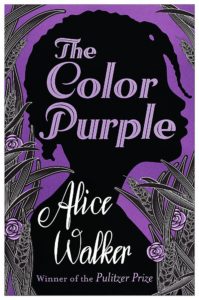 |
Alice Walker’s Pulitzer Prize and National Book Award winner, The Color Purple (Penguin, 2019), set in rural Georgia in the early 20th century and written in the form of letters, is a painful story of abuse and violence, resilience and bravery. For teens and adults.
|
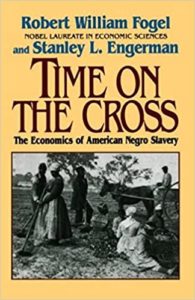 |
While some once hoped that slavery in the United States could die a peaceful death, economists Robert Fogel and Stanley Engerman in Time on the Cross (Norton, 1995) – crammed with statistics – argue that there wasn’t a chance. Slavery was highly profitable, and far more productive and efficient than the free-labor economy of the North. Not everyone agrees. (A good link to math.) For teens and adults.
|
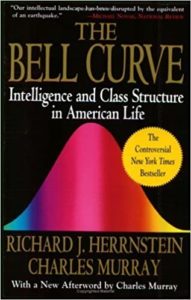 |
By Richard Herrnstein and Charles Murray, the controversial The Bell Curve (Free Press, 1996) is perhaps the literary equivalent of screaming “Fire!” in a crowded theater. Subtitled “Intelligence and Class Structure in American Life,” the authors – using a wealth of statistical analyses – link IQ, birth rate, crime, and poverty to class and race. For teens and adults. Be prepared to argue.
|
LESSON PLANS AND ACTIVITIES
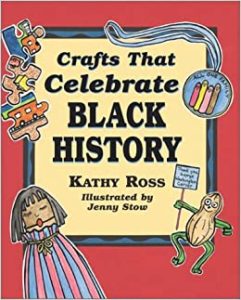 |
Kathy Ross’s Crafts That Celebrate Black History (Millbrook Press, 2019) has step-by-step instructions for crafts based on the accomplishments of famous African Americans, among them Benjamin Banneker, Frederick Douglass, Paul Laurence Dunbar, Matthew Henson, Louis Armstrong, Marian Anderson, and Jesse Owens. For ages 6-9. |
|
Black History Month Lessons & Resources has plans and activities on a range of subjects and in a range of disciplines (history, science, the arts), listed by grade level (K-5, 6-8, and 9-12). |
|
|
From Scholastic, 13 Ways to Celebrate Black History Month has projects and activities categorized under Arts, Literacy, History, Government, and Sports. |
|
|
From the National Association for Music Education, see this selection of Lesson Plans for Black History Month, including “The Blues and Langston Hughes” (for several grade levels). |
|
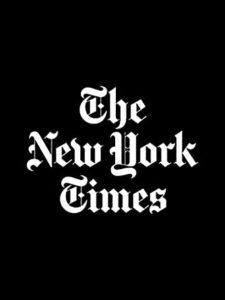 |
From the NY Times Learning Network, Celebrate Black History Month has a selection of teaching materials, including historical NY Times front pages (from the 1857 Dred Scott case through the Obama election), photos, lesson plans, and student opinion questions. |
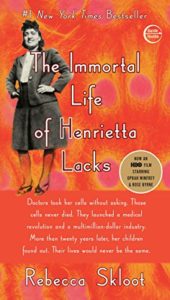 |
From Science Netlinks, Black History Month has – among others – science-based units on African Americans in Science, Variation in Human Skin Color, and the story of Henrietta Lacks, HeLa cells, and ethics in medical research.
|
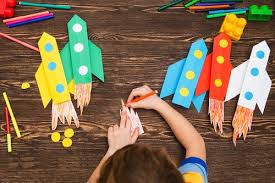 |
From Education.com’s Learning Library, Black History Month Activities has recipes and hands-on projects. For example, kids make Mae Jemison rockets, Misty Copeland portraits, kente cloth, and Jackie Robinson baseball cards, and cook up African peanut soup. |
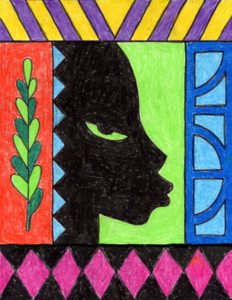 |
From Art Projects for Kids, Black History has great step-by-step tutorials for drawing and collage projects.
|
